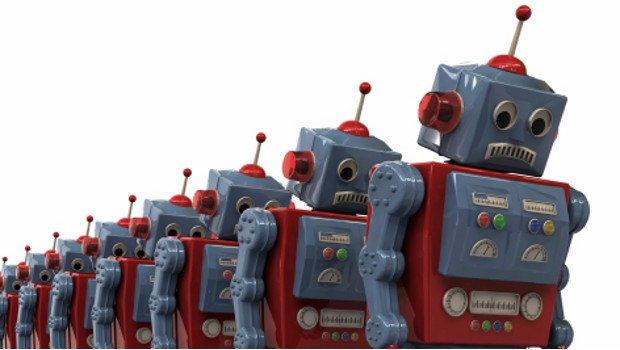
The dark magic of Builder.ai
I know we’re all used to seeing a lot of mad stuff in the news but the best story of this week, possibly the month, has to be the collapse of Builder.ai. Before anyone misinterprets what I mean by ‘best’ in this instance, I don’t mean it to appear that I am revelling in the misery of the investors and employees who have lost money and their jobs. Far from it. It’s just that it’s such an amazing story.
A brief introduction to Builder.ai is probably in order. According to press reports, the company had secured over $450 million in funding from investors, including Microsoft and the Qatar Investment Authority. Launched in 2016, it had been hailed as a leader in the no-code AI space and achieved a $1.5 billion valuation before things started to unravel.
Builder.ai had promoted itself as “the AI powered next generation composable software development platform that’s so simple and accessible, allowing every individual and business to turn their ideas into software”. In May 2023, it announced a strategic collaboration with Microsoft, which included an equity investment in Builder.ai, under which the two companies would “collaborate on creating AI powered solutions that empower businesses to develop applications and become digitally native without the need for any technical expertise”.
Sachin Dev Duggal, chief wizard & founder of Builder.ai, declared that the company was “ecstatic that the world’s largest software company chose Builder.ai as a collaborator to lay down deeper roots in helping the next 100 millions businesses and beyond become digitally native”.
In response, Jon Tinter, corporate vice president, business development, Microsoft, described the collaboration as “an extension of our mission to empower every person and every organisation on the planet to achieve more. We see Builder.ai creating an entirely new category that empowers everyone to be a developer and our new, deeper collaboration fuelled by Azure AI will bring the combined power of both companies to businesses around the world”.
As a company headed by a person with the job title of ‘chief wizard’, it should be no surprise to hear that Builder.ai was cooking up something truly magical. And it really was.
The company had an in-house virtual assistant called Natasha, described as “your AI product manager” which supposedly used machine learning algorithms to recommend the features customers might need based on the app they were building. Natasha would also create “an instant prototype for you, helping visualise your idea”. She would work out all the tasks needed to build the app, recommend the best-suited developer for the app project and check the approved design and code to spot any issues.
Natasha was, as they say, quite something. The problem was that the something she was was not what Builder.ai claimed she was. In fact, it transpires that Natasha was, in reality, 700 human engineers in an office in India writing the code. How’s that for a spectacular magic trick? After all, every great magic trick relies on misdirection.
It’s quite funny that Sachin Dev Duggai was known as the chief wizard because this whole sorry saga is quite reminiscent of that part in The Wizard of Oz when Toto the dog pulls back the curtain to reveal that the all-powerful wizard is an ordinary old man using some gadgetry to project a large ghostly image of his face and change his voice.
I have a feeling that this particular visual image may serve as an apt representation for quite a lot of the ‘AI’ ventures and projects investors are currently sinking billions into and busy hyping customers into adopting and implementing.
Let’s hope that, for most people investing or working in AI-labelled ventures, the magic of AI doesn’t mean making your money – and your jobs – disappear.







Subscribers 0
Fans 0
Followers 0
Followers